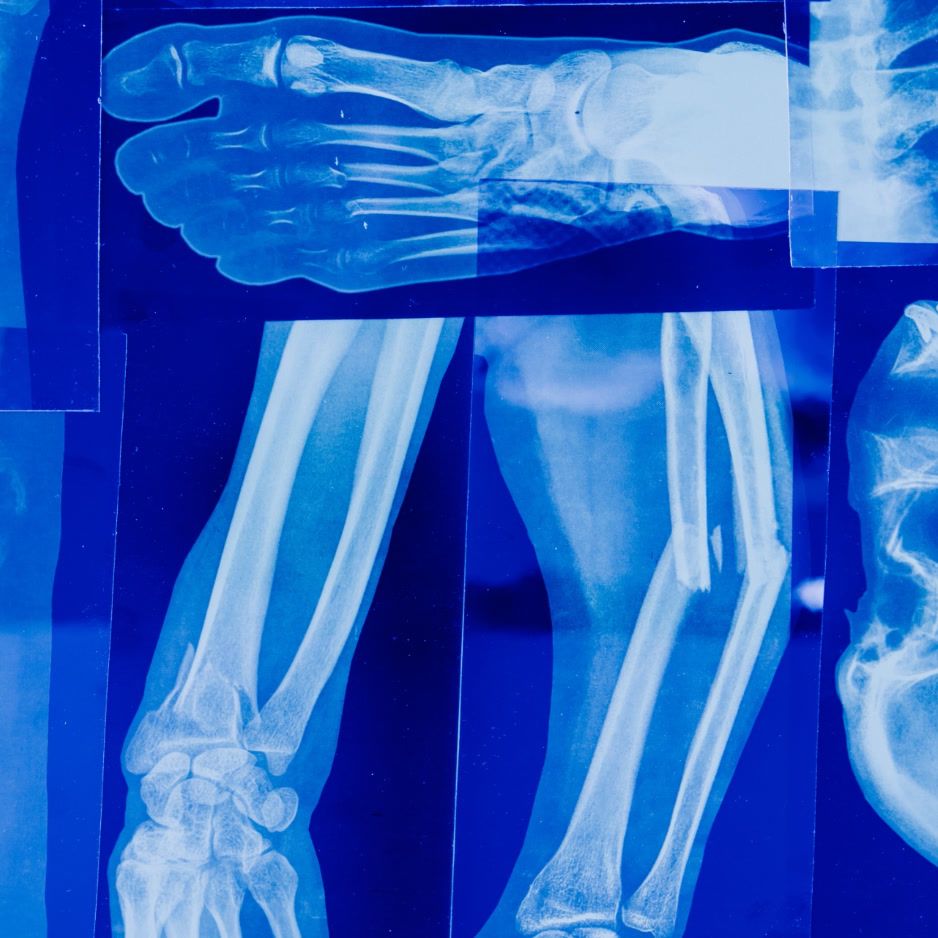Optimal TSH Range for Weight Loss

Optimal TSH Range for Weight Loss: Science-Backed Guide
Key takeaways
- Most clinical labs label 0.4–4.0 mIU/L as the normal TSH span, yet multiple studies suggest a tighter 0.5–2.0 mIU/L range is the optimal TSH level for weight loss and optimal metabolic function.
- A 2020 study in Nature found that bariatric patients whose TSH fell between 0.4–1.4 mIU/L lost the largest percentage of body weight one year after surgery.
- Tracking Free T3, Free T4, and Reverse T3 is essential—they reveal how effectively your body converts thyroid hormone into calorie-burning power.
- Re-test thyroid panels every 6–12 weeks and pair results with objective data such as periodic BodySpec DEXA scans to see how shifts in thyroid status translate to body-composition changes.
Table of contents
- Why Thyroid Hormones Rule Metabolism
- “Normal” vs. “Optimal” TSH Ranges
- What the Research Really Says
- The Free T3/Reverse T3 Balancing Act
- How to Hit Your Optimal TSH Zone
- Testing Schedule & Tracking Sheet
- Practical Tools & Next Steps
- FAQs
Why Thyroid Hormones Rule Metabolism
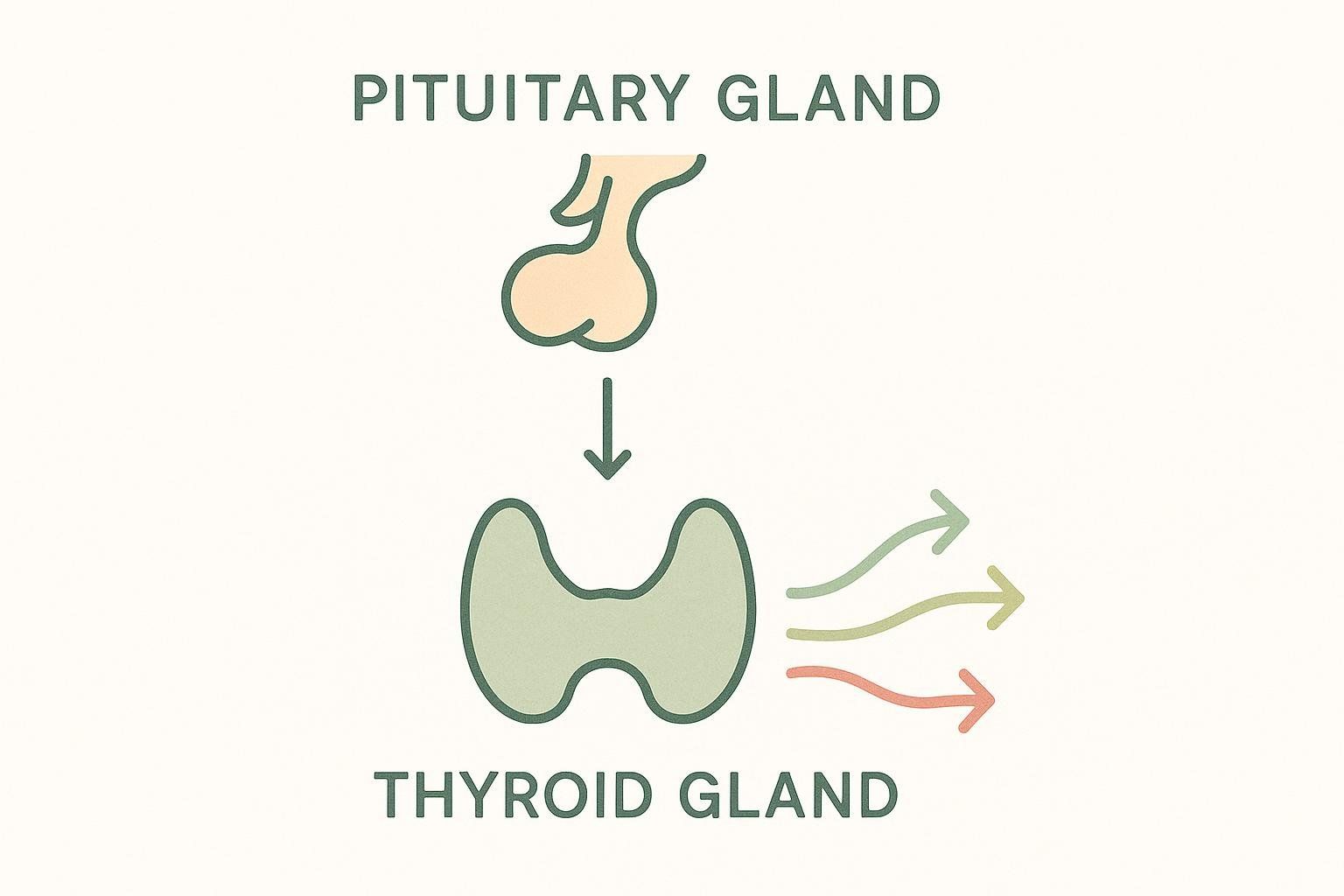
Your thyroid acts as the body’s metabolic thermostat. When systemic energy expenditure drops, the pituitary gland releases TSH, signaling the thyroid to secrete thyroxine (T4). Peripheral tissues enzymatically convert T4 into the more biologically active triiodothyronine (T3), which binds to nuclear receptors and up-regulates genes involved in energy expenditure, lipid mobilization, and thermogenesis (Mount Sinai).
“Normal” vs. “Optimal” TSH Ranges
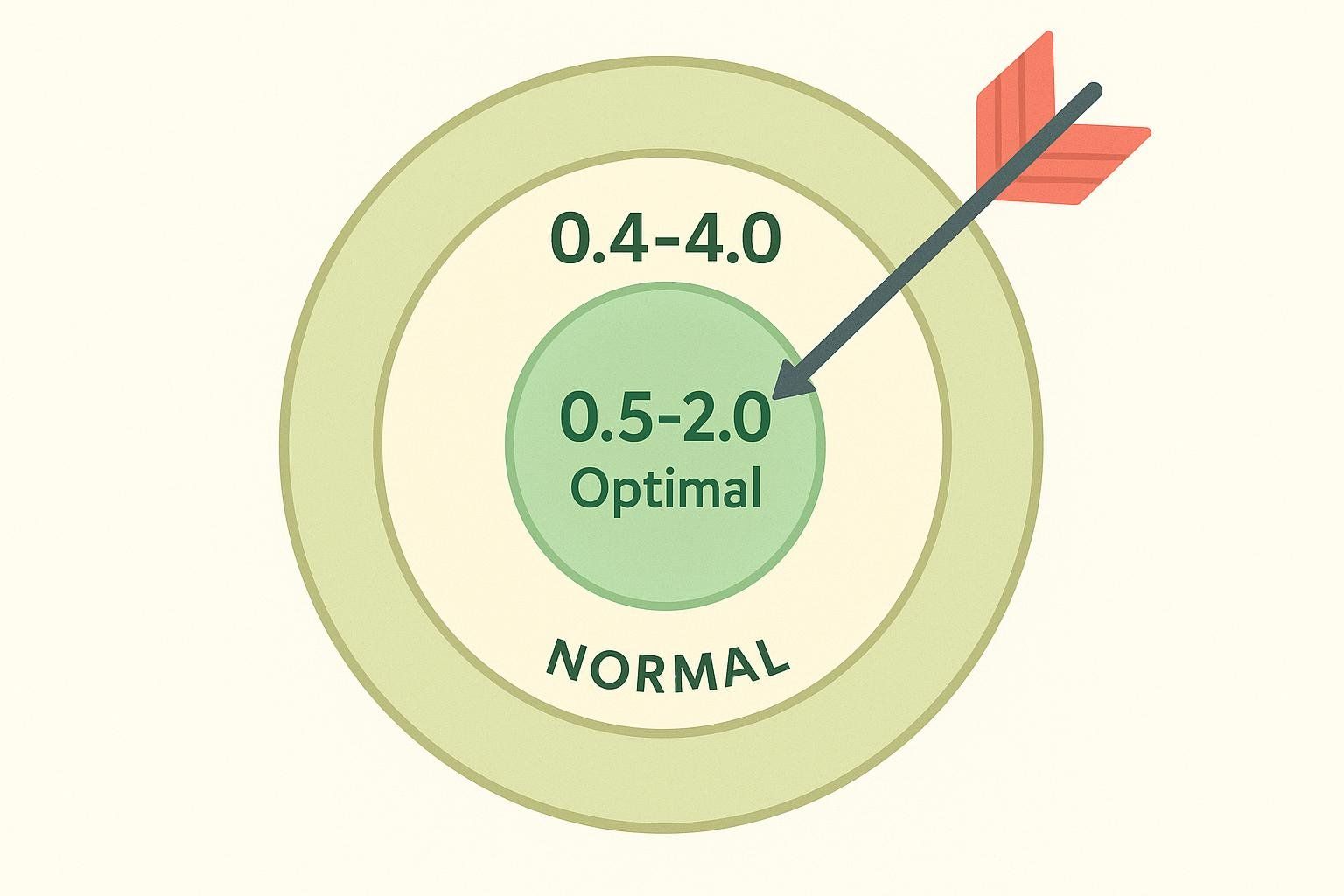
| Category | TSH (mIU/L) | What it means for weight | Evidence |
|---|---|---|---|
| Standard lab “normal” | 0.4 – 4.0 | Weight management may be more challenging for individuals at the upper end of this range | Standard reference range used by major U.S. clinical labs |
| Clinically tight | 0.45 – 2.5 | Supports mood, fertility, energy, and smoother weight management | Healthline |
| Weight-loss sweet spot | 0.5 – 2.0 | Associated with higher metabolic rate and lower BMI | Body by AIM360 |
| Low-normal (post-bariatric success zone) | 0.4 – 1.4 | Largest % weight lost one year post-surgery | Nature 2020 |
Bottom line: Work with your clinician to stay near 1–2 mIU/L unless medical circumstances dictate otherwise.
What the Research Really Says

- A 2017 study on levothyroxine-treated adults found that participants with higher Free T3 (yet normal TSH) showed higher resting energy expenditure and less visceral fat.
- A 12-week trial in overweight adults reported that individuals with robust Free T3 and Free T4 at baseline achieved greater weight-loss.
- Research on euthyroid adults with type 2 diabetes linked high-normal TSH (≥ 2.5 mIU/L) to higher BMI and greater metabolic-syndrome risk.
The Free T3/Reverse T3 Balancing Act
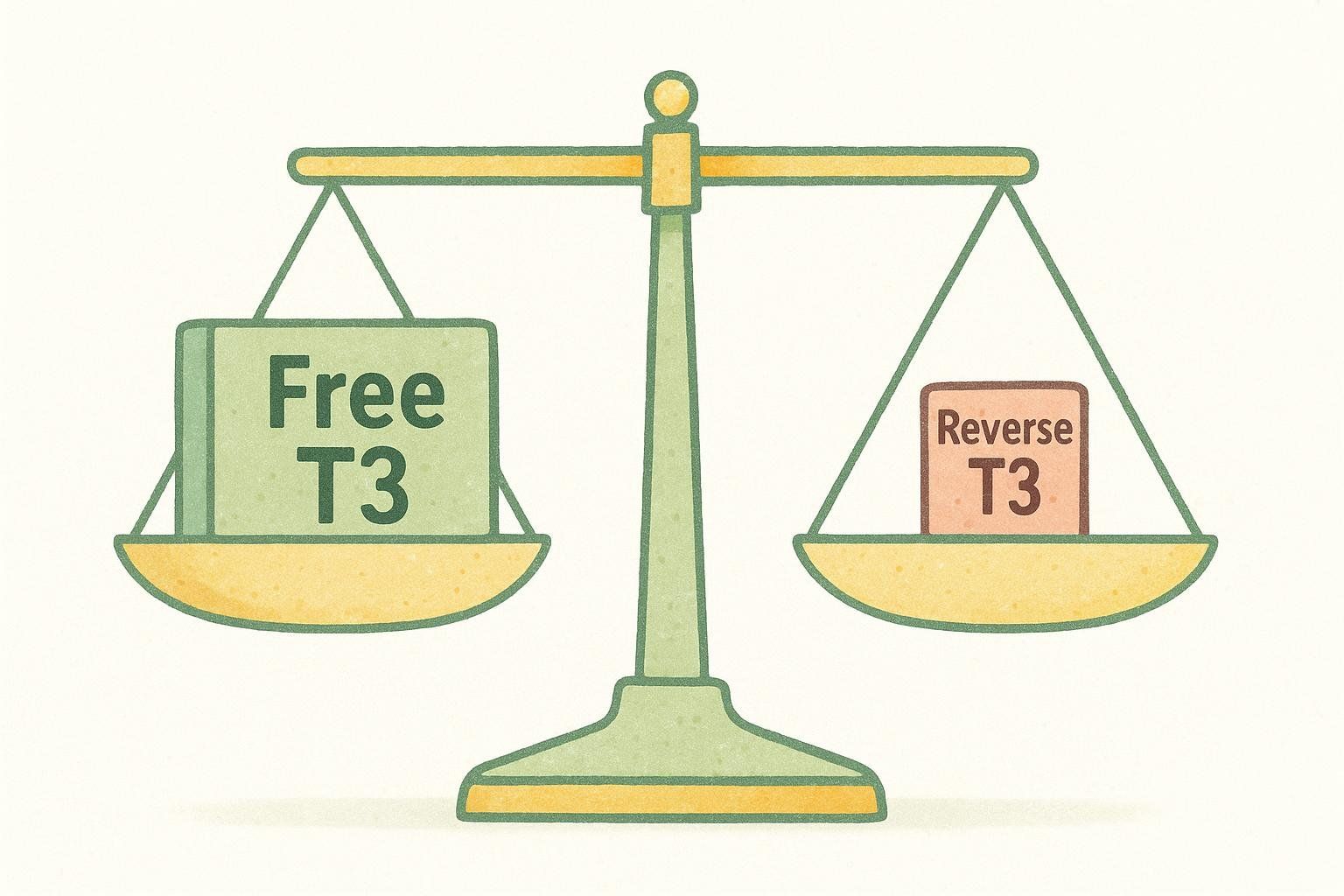
T4 conversion follows two primary metabolic pathways:
- Path A → T3: drives metabolic activity.
- Path B → Reverse T3 (RT3): slows energy output—common during stress, illness, or prolonged calorie restriction.
A high RT3:Free T3 ratio can undermine fat-loss even when TSH looks “optimal.” Functional clinicians often target a healthy Free T3 level with low RT3. Always interpret results with a qualified provider.
🛑 Never self-medicate thyroid drugs. Partner with a healthcare professional.
How to Hit Your Optimal TSH Zone

- Test, don’t guess. Order a full thyroid panel: TSH, Free T3, Free T4, RT3, and antibodies.
- Review medications. Small levothyroxine adjustments (typically 12.5–25 µg) can shift TSH by about 0.5 mIU/L over 6–8 weeks (American Thyroid Association Guidelines).
- Support key nutrients. Adequate iodine, selenium, and zinc help your body produce and convert thyroid hormones. A healthcare professional can determine if supplementation is necessary and in what amounts.
- Manage stress & sleep. High cortisol shunts T4 toward RT3—see our guide: Fat-Loss Factors: Stress.
- Fuel & train smart. Extreme low-calorie diets or over-training ramp up RT3. Cycle calories and prioritize recovery; details in Metabolism 101.
- Consider adaptogens cautiously. A randomized trial found that eight weeks of ashwagandha supplementation lowered TSH in chronically stressed adults (Chandrasekhar et al., 2012). Discuss any herbal interventions with your clinician.
Testing Schedule & Tracking Sheet
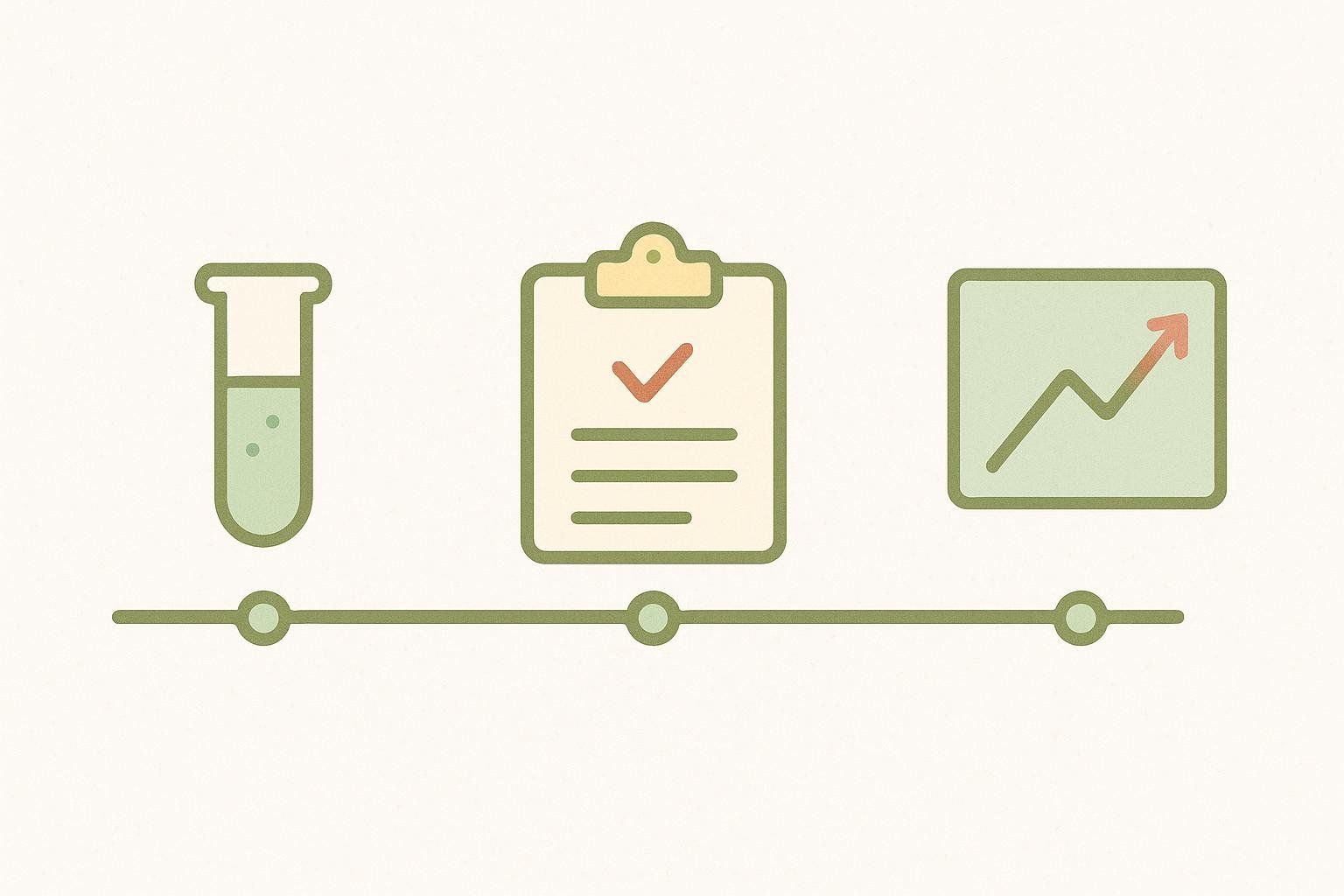
| Week | Action | Notes |
|---|---|---|
| 0 | Baseline labs & BodySpec DEXA scan | Fasted, same 8 a.m. window |
| 6–8 | Re-test if meds changed | Adjust with clinician if TSH outside 0.5–2.0 |
| 12 | Full thyroid panel + BodySpec follow-up DEXA scan | Compare body-fat and lean-mass trends |
| Every 6–12 months | Maintenance labs | Fine-tune lifestyle before plateaus occur |
Practical Tools & Next Steps
Digital dashboards, range visualizers, and comparison tables can transform lab numbers into actionable insights. Pair these resources with periodic BodySpec DEXA scans to see how hormonal tweaks influence fat and muscle in the real world.
Ready to turn numbers into results? Book a BodySpec scan today and start optimizing.
FAQs
What is the best TSH level for fat loss?
Most data point to the 1–2 mIU/L window as the metabolic “sweet spot.” Levels below 0.4 mIU/L drift into hyperthyroid territory and carry health risks; levels above 2.5–3.0 mIU/L typically slow calorie burn.
Can you lose weight with “normal” TSH?
Yes—but people at the high-normal end (> 2.5 mIU/L) often plateau sooner. Nudging TSH toward the lower-normal range can offer an edge.
How often should you test thyroid hormones?
Every 6–12 weeks during medication adjustments, then every 6–12 months once stable.
Do supplements work?
Only when genuine deficiencies exist. Selenium and iodine support thyroid hormone production; adaptogens like ashwagandha require more research and professional oversight.
Will a BodySpec DEXA scan uncover thyroid problems?
It measures fat, lean tissue, and bone density—not hormones—but dramatic, unexplained shifts in muscle or fat can prompt timely thyroid testing.
Conclusion
For most adults pursuing sustainable fat loss, maintaining TSH around 1–2 mIU/L, alongside robust Free T3 and low Reverse T3, offers the best metabolic footing.
Combine strategic lab monitoring with evidence-based lifestyle tweaks and objective BodySpec data to transform hormone fine-tuning into measurable results.
